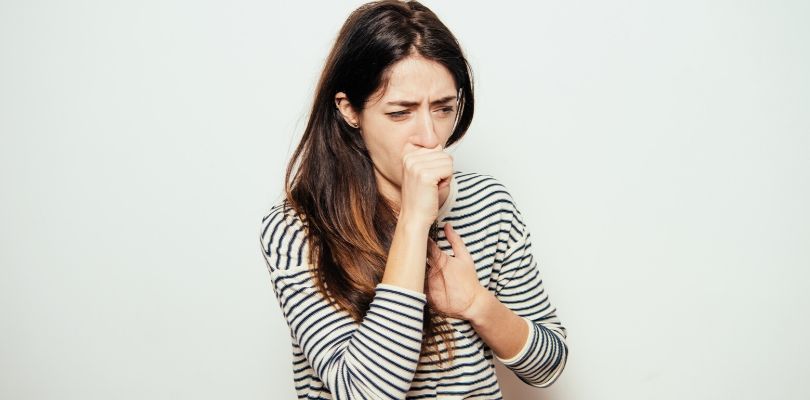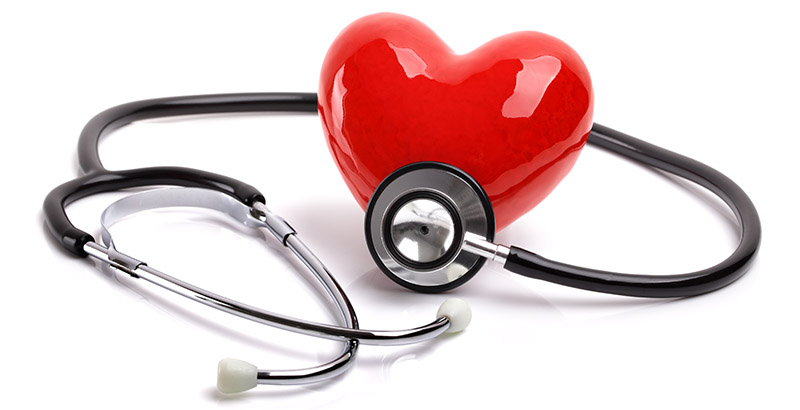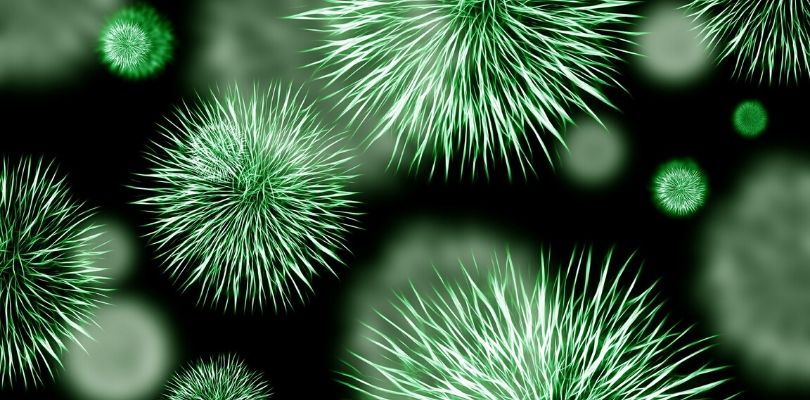Learning About the Different Types of Pneumonia
Pneumonia is a serious respiratory condition. Although most people will recover within a few weeks, it can potentially be fatal. Furthermore, there are several different types of pneumonia and some are more difficult to treat than others.
Read on to learn how to recognize the various types of pneumonia and what to do if you are affected.
What Is Pneumonia?
The lungs are full of tiny air sacs called alveoli. They are the structures that are responsible for transporting oxygen into the blood and removing the waste product carbon dioxide. This process is known as gas exchange. When a person gets a lung infection, there is a chance that pneumonia can occur as a complication. It causes the alveoli to fill up with fluid so that they cannot function effectively. Gas exchange cannot take place and this leads to a variety of different symptoms. In some cases, it may potentially be fatal.
The people most likely to be affected by pneumonia include:
- Babies and young children
- The elderly
- Smokers
- People with respiratory problems (asthma, cystic fibrosis, COPD)
- People with heart, kidney, or liver disease
- Diabetics
- People with compromised immune systems
Pneumonia is usually caused by a bacterial, viral, or fungal infection. However, it can also be the result of inhaling a foreign object, such as food or vomit. The symptoms and treatments will vary depending on the type of pneumonia.
Pneumonia Symptoms
Although the symptoms of pneumonia can differ depending on the type, there are few key things to look out for:
- Coughing
- Shortness of breath
- Chest pain
- Rapid heartbeat
- Fever
- Shivering
- Reduced appetite
- Feeling generally unwell
In severe cases, there may be additional symptoms, such as wheezing, coughing up blood, or confusion. Possible complications include pleurisy, lung abscesses, sepsis, and kidney or lung failure.
Pneumonia Treatment
The most appropriate treatment will depend on the specific type of pneumonia. However, generally speaking, most people can recover at home by doing the following:
- Resting
- Drinking plenty of fluids
- Using over-the-counter drugs to reduce fever (acetaminophen, aspirin)
- Not smoking
- Taking antibiotics for bacterial infections
If a person has very severe pneumonia, they may require hospital treatment. This could include:
- Intravenous antibiotics
- Respiratory therapy
- Oxygen therapy
Many patients find that natural treatments for fibromyalgia help relieve their symptoms. Check out these eight remedies that can provide some relief.
Some types of pneumonia can be prevented with vaccinations, for example, the influenza vaccine. It is also possible to reduce the risk of developing pneumonia by utilizing good hygiene practices. These include covering one’s mouth when coughing and sneezing, frequent handwashing and disinfecting surfaces regularly.
Different Types of Pneumonia
Pneumonia may be classified as hospital acquired or community acquired. Hospital-acquired pneumonia tends to be more serious as it is more likely to involve antibiotic resistant bacteria. The condition can be further classified as bacterial, viral, fungal, or aspiration pneumonia depending on the cause.
Bacterial Pneumonia
Bacterial pneumonia is the most common type of pneumonia. It is usually caused by a bacterium called Streptococcus pneumoniae.
The symptoms of bacterial pneumonia include:
- A productive cough (mucus may be yellow, green, brown, or blood-streaked)
- A high fever (over 100.4F)
- Rapid breathing
- Shortness of breath
- Chest pain
- Fatigue
Bacterial pneumonia requires treatment with antibiotics. The medication of choice is usually amoxycillin. It is essential to take antibiotics at regular intervals and complete the entire course as prescribed. Otherwise, the infection may return and the bacteria can become resistant to treatment.
Viral Pneumonia
Viral pneumonia is less common. It tends to occur more often in young children. The most common cause of this type of pneumonia is a virus called respiratory syncytial virus (RSV). However, it can also be caused by influenza viruses A and B.
The symptoms of viral pneumonia include:
- A dry or productive cough
- Wheezing
- Fever
- Chills
- Nasal congestion
- Joint or muscle pain
- Headache
- Fatigue
Viral pneumonia is more challenging to treat as it does not respond to antibiotics. Most patients will be able to recover at home, but those at high risk of complications may require hospitalization.
Fungal Pneumonia
Fungal pneumonia rarely affects healthy people. However, it can be a problem for those with a compromised immune system. This includes people who are HIV positive, undergoing chemotherapy, or taking immunosuppressant medicines.
The symptoms of fungal pneumonia include:
- Coughing
- Fever
- Headache
- Joint or muscle pain
The most effective treatment for fungal pneumonia is antifungal medication. As with viral pneumonia, antibiotics will not help.
Aspiration Pneumonia
The final type of pneumonia is called aspiration pneumonia. This condition occurs when a person accidentally inhales vomit, food, smoke, or chemicals. It is more likely to affect people who have difficulty swallowing.
The symptoms of aspiration pneumonia include:
- Cough (possibly with green or foul-smelling mucus)
- Chest pain
- Wheezing
- Fatigue
- Sweating
- Blue skin
- Bad breath
The most appropriate treatment for this type of pneumonia depends on the cause. If something is stuck in the lungs, surgery may be necessary to remove it. Other possible treatments include steroids or oxygen therapy.
Types of Pneumonia: The Bottom Line
There are various types of pneumonia and each one requires a different treatment approach. Therefore, getting an accurate diagnosis is essential. If you or your child have any of the symptoms of pneumonia, contact your physician for further advice and care.







